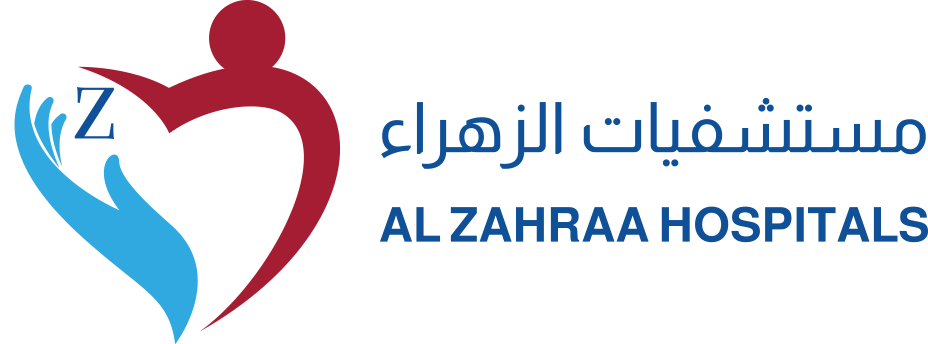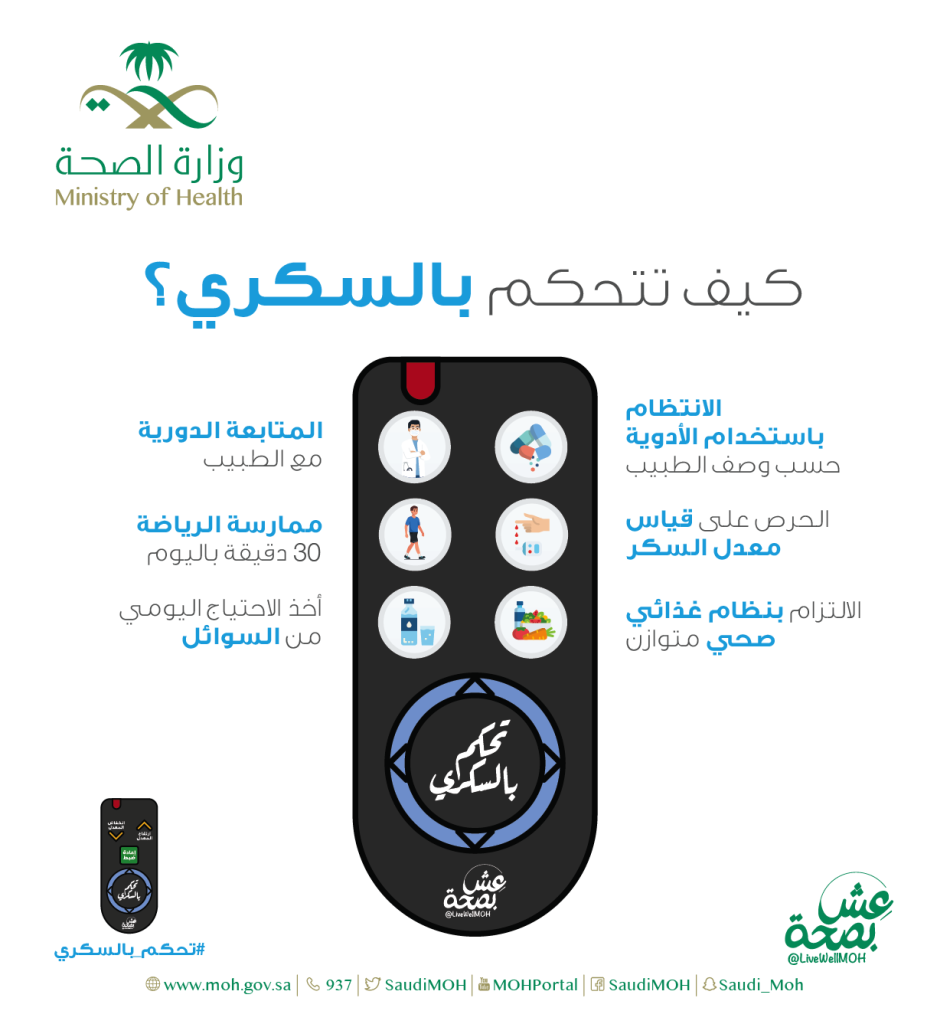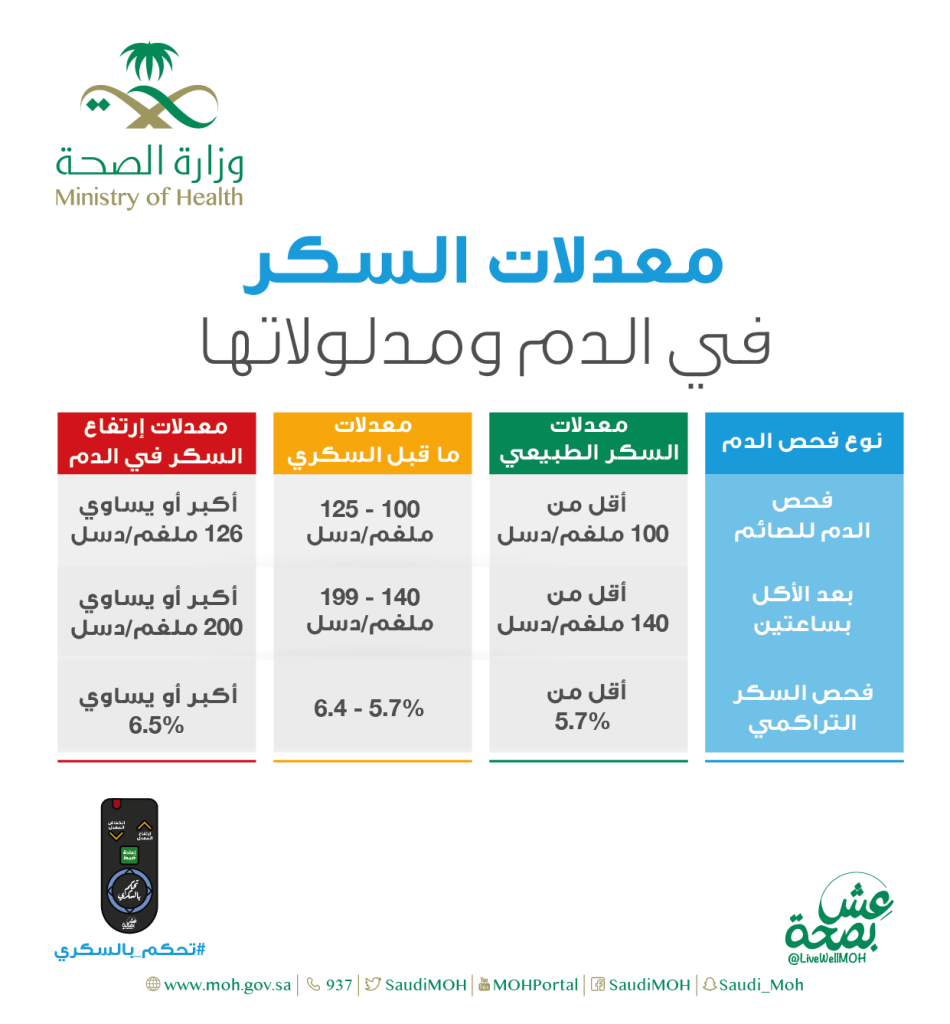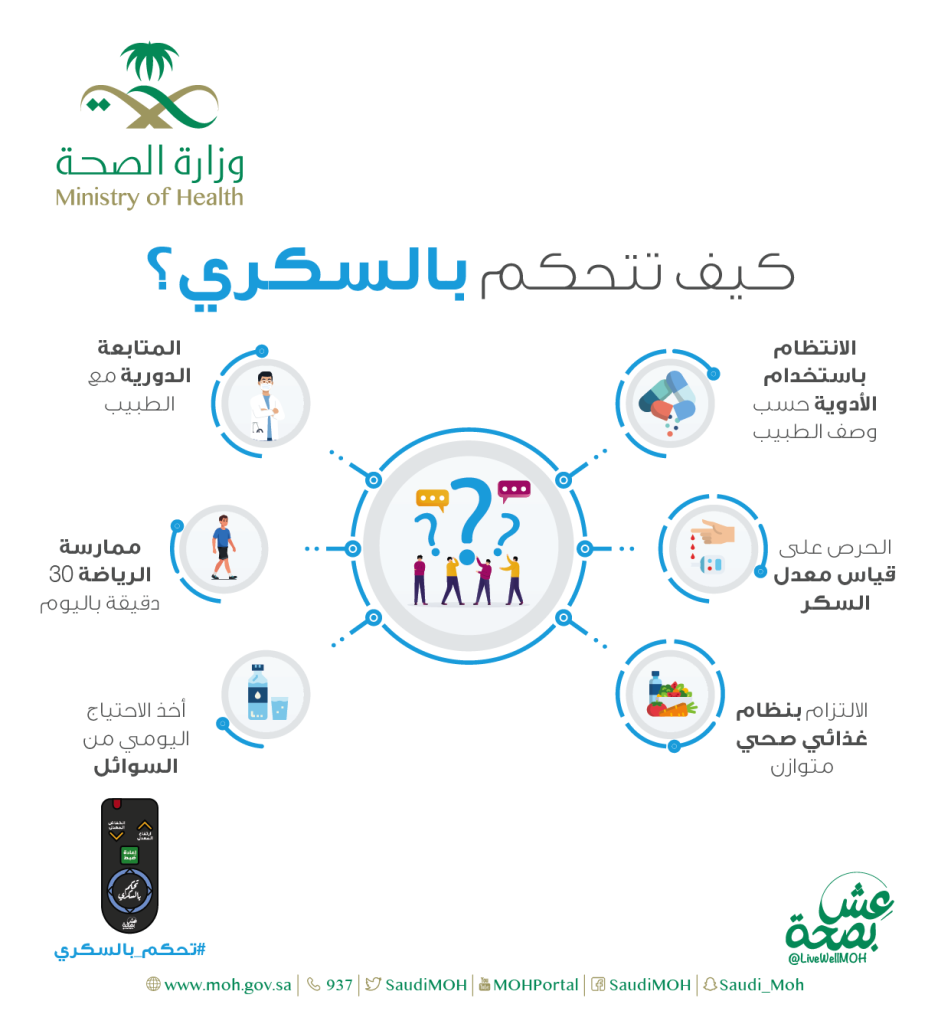Definition of Glucose:
Glucose is the simplest form of sugar and is used by the body’s cells as a source of energy.
Definition of Insulin:
Insulin is a hormone secreted by the beta cells in the pancreas. It is responsible for allowing glucose to enter the cells to produce energy.
Definition of Diabetes:
Diabetes is a chronic disease that affects how the body’s cells receive glucose or the amount of insulin secreted by the pancreas. This leads to abnormal increases or decreases in blood sugar levels.
Prediabetes:
Prediabetes is a condition that occurs before the development of type 2 diabetes. Blood sugar levels are higher than normal but not high enough to be diagnosed as diabetes. Early detection and treatment can help restore normal glucose levels and prevent type 2 diabetes.
Types of Diabetes:
Type 1 Diabetes:
This type results from little or no insulin secretion due to the destruction of beta cells in the pancreas. People with this condition require lifelong external insulin.Type 2 Diabetes:
This is due to the body’s resistance to insulin or insufficient insulin production by the beta cells.Gestational Diabetes:
This refers to any abnormal blood sugar levels diagnosed for the first time during pregnancy, regardless of whether it persists after delivery.Other Specific Types Caused by Certain Conditions:
Some types of diabetes occur due to specific causes, such as:Monogenic diabetes
Pancreatic diseases (e.g., cystic fibrosis)
Certain medications (e.g., corticosteroids, some HIV treatments)
Genetic syndromes (e.g., Down syndrome, Klinefelter syndrome, Turner syndrome)
Although identifying the type of diabetes helps determine the appropriate treatment, it can sometimes be difficult to distinguish between types. The traditional classification—type 1 in children and type 2 in adults—is no longer always accurate.
Diagnosis of Diabetes:
Random Blood Glucose Test:
This test is done at any time when symptoms of high or low blood sugar are present. A reading of 200 mg/dL or higher is considered diabetic.Laboratory Tests:
Several lab tests are used to diagnose diabetes, usually done in hospitals and often repeated the following day for confirmation. These include:Fasting Blood Glucose Test:
This measures blood sugar after fasting for more than 8 hours, typically done in the morning before breakfast.Oral Glucose Tolerance Test (OGTT):
This measures blood sugar before and two hours after drinking a special glucose solution.Hemoglobin A1c Test (Glycated Hemoglobin):
This test provides the average blood sugar level over the past two to three months. It does not require fasting and is used for both diagnosis and monitoring of chronic cases.



